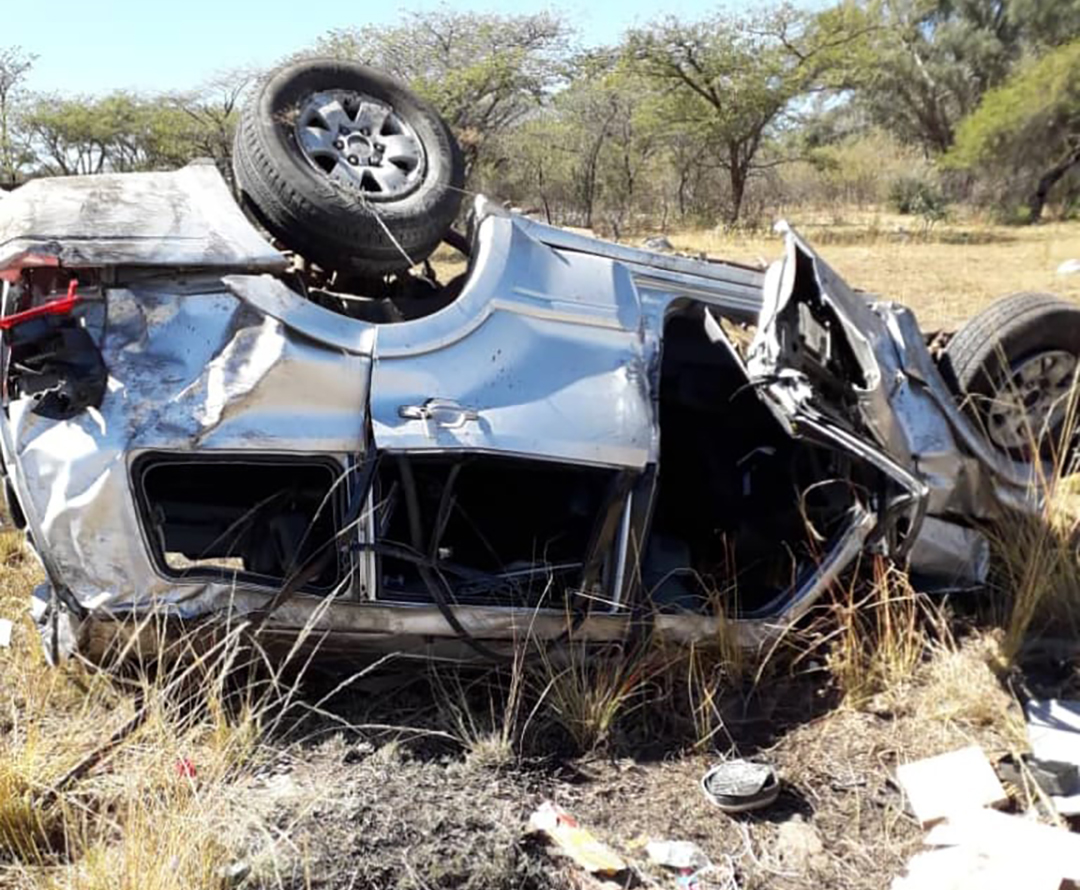KADOMA – Five members of the same family were killed by lightning on Monday after sheltering under a tree when it started raining.
The five members of the Mangwendere family in Sanyati, Mashonaland West province, were tending to their fields when it started raining.
Amigo Mhlanga, the Civil Protection Unit chairman for Sanyati, said 44-year-old Ntombizodwa Muchengeta died along with her daughter Munatsi Mangwendere, 20, her son Isaac Mangwendere, grandson Ishmael, 9, and nephew Professor Katsuro after lightning struck the tree under which they had taken cover.
Nearby, three other family members also sheltering under a tree survived the lightning strike.
Mhlanga said the government would be providing coffins and logistical support for the family “given the magnitude of the tragedy.”
The onset of the rainy season in Zimbabwe brings joy for farmers, but also grief. Lightning kills an average 100 people every year, usually in rural communities. This is because large buildings in urban centres provide protection for those within due to the metal frame in the buildings and specially designed lightning conductors. People in buses and cars are also safe because of the metal frames around them.
Zimbabwe has the distinction of being one of lightning’s most favourite places. It is even cited in the Guinness Book of World Records as the country where a single bolt of lightning claimed its largest number of victims. This occurred in a village near the eastern border town of Mutare in 1975 when 21 people were killed while sheltering in a hut.
The high lightning toll in Zimbabwe can be explained by the prevalence of granite outcrops all over the country. The University of Zimbabwe established that granite is radioactive and discharges gamma rays up to the cloud, thus ionizing the air molecules.
Abundant granite outcrops, together with soot from the numerous kitchen huts, offer the much-needed opposite charge on the ground, while tall objects offer the easiest route for electrical discharges to steer its way to the ground, explaining why authorities advice people to avoid sheltering under trees when it is raining.
















